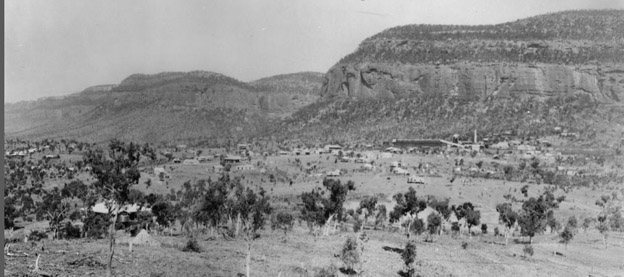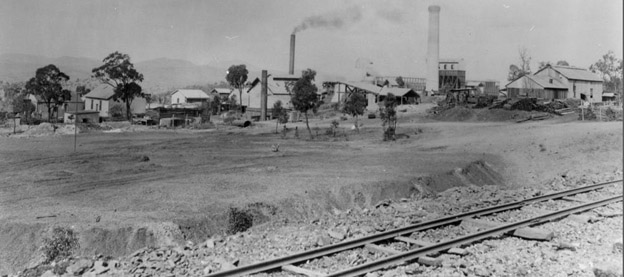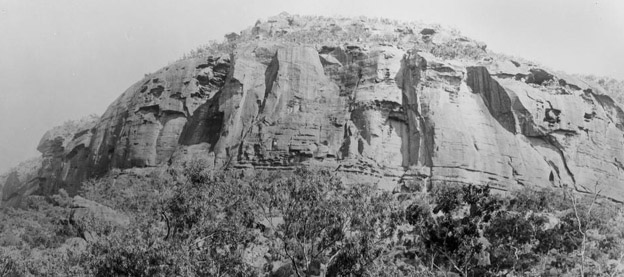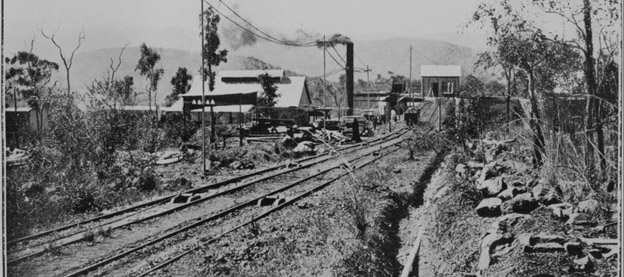
Mount Mulligan is a stunning sandstone escarpment 18 kilometres long and 300 metres high. The Aboriginal name for the mountain is ‘Woothakata’ which means ‘strange shaped mountain’. In 1876 James (Venture) Mulligan and his mates came across the mountain while looking for gold and Mulligan himself recorded that his companions insisted on calling it ‘Mulligan’s Mountain’ because it held such a fascination for the explorer. He and his mates were the first white men to see the mountain at close quarters.
Coal was found under the mountain by Bill Harris and Gibbons the same year Mulligan died in 1907. The Irvinebank Mining Company headed by John Moffat and badly in need of coal for its tramway, locomotives, smelters and batteries took up 100 acres. Mount Mulligan was the only coalfield in the far north. In 1910, the Chillagoe Company brought the leases for fuel for the smelter.
The town was first laid out on 5th August 1913 by E.B. Rankin, after Warden S. Horsley chose the site, and was initially known as Mulligan, later changed to Mount Mulligan after the mountain it nestles beneath.

The Government then began construction of a railway line from Dimbulah which reached Mount Mulligan in 1914. The first sod of the railway was turned by the Governor, Sir William MacGregor on 19th May 1913. The town suffered a disastrous coal dust explosion on 19th September 1921 killing all 75 men in the mine; still one of Australia’s biggest mining disasters. It re-opened and in 1923 was bought by the State Government, which worked it for coal for the railways until they converted to diesel.
The mine survived until October 1957 when dieselisation of the railways and hydro-electric power forced the mine to close. Employees were offered work at the Collinsville State mine and all their homes were dismantled and moved by rail. The railway line was also dismantled, leaving only the hospital as the local property owner’s home and the remains of the coal works.

A second mine, the King Cole, was operated from 1941 until 1957 by the Tableland Tin Dredging Company to run the company’s powerhouse at Mount Garnet which supplied power for the dredge and town. In 1915, T. Dalton had the Federal Hotel. At its peak in 1924, Mount Mulligan had a population of 300 with McDonald’s Federal and Goddard’s Torphy’s Hotels. There were stores by Jack and Newell, J. Grainer and Mrs E. Hutton. There was also Carr’s butcher shop, Mrs A. Hutton’s refreshment rooms, a postal receiving office from 1907 to 1914 then a post office until 1959, a school and hospital.
Although little remains in the town, Mount Mulligan makes for a fascinating visit with its poignant cemetery and haunting beauty.
Text taken from:
1. 'Angor to Zillmanton: stories of North Queensland’s deserted towns’ by Colin Hooper (2002)
Deserted Towns Website
2. The Wheelbarrow Way Tourism Directory, 2012. Cairns Outback Tourism Development Association.
3. Mount Mulligan’ by Anon, date unknown.










